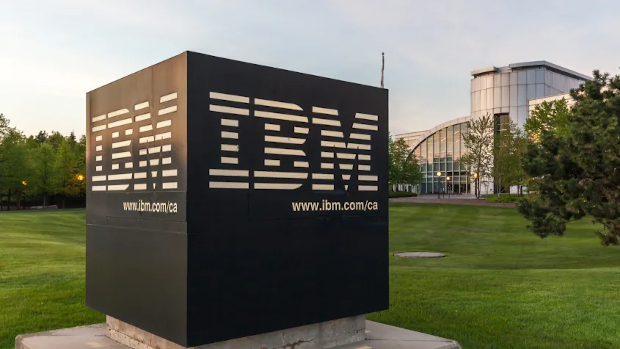
IBM split underscores return to recurring revenue in IT
There has been no shortage of big news from Big Blue in the past fortnight: IBM both published largely positive quarterly results and released version Beta 9 of Red Hat Enterprise Linux. Most notably of all, though, it split off a large chunk of its business into an independent company: figuring that the sum of the parts is greater than the whole, IBM’s managed services business is now an independent company called Kyndryl.
Described by chief executive Martin Schroeter as “a nineteen billion-dollar start-up”, Kyndryl’s focus will be on managed services. With the stroke of a pen the likes of Accenture and Capgemini have a new competitor – a hungry one that is larger than each of them, mind, and insists it will not exist simply to flog IBM kit.
Naturally, IBM kept most of the hard tech: the aforementioned Red Hat, artificial intelligence, the Power Systems server business, the giant mainframes that run the global financial system, hybrid cloud, supercomputing, and the promising, but as yet largely experimental, quantum computing gubbins.
The Kyndryl sell off is not IBM’s first: printers were spun off as Lexmark in 1991, its famed Model-M keyboards of yore are now manufactured by Unicomp, and the consumer and enterprise desktop and laptop range was sold to Lenovo in 2005, who came back for a second bite of the highly-profitable cherry in 2019 when it bought IBM’s low-end server range. In 2014, it even sold its chip business, which manufactured the POWER and PowerPC ranges, to GlobalFoundries.
What is striking about the Kyndryl split is that the new company is made up of the very division that kept IBM afloat in the 1990s and 2000s. Managed infrastructure may not be the most exciting of businesses, but it is a growing one as more and more organisations struggle to get to grips with the demands made by growing customer expectations.
In a way, that most au courant of enterprise IT buzzwords, cloud, might be seen as an extension of managed services, and many a business, Amazon and Google yes, but also Microsoft and Salesforce, have seen their valuations fatten on the basis of all of the delicious subscription revenue they are gorging themselves on.
Naturally, this has led to more than the occasional cocked-eyebrow, and not just from sysadmins worried the next letter to drop through the door will be a P45. Rightly or wrongly, concerns about vendor lock-in and ballooning running costs have crossed many a mind, and perhaps not a few boardroom tables. It is difficult to be sure if cloud repatriation is a genuine trend or just an imaginary fire escape in the sky dreamt up by server salesmen, but on-premise vendors including Oracle and SAP, are certainly taking cloud seriously, while others such as HPE and IBM itself are touting hybrid cloud as the way forward.
In truth, things aren’t really that different back on the ground, though. One client of a major software vendor recently described his relationship with said supplier as one of frosty toleration. Comic exaggeration, naturally, but his point was that businesses are committed to their infrastructure and so what it can and cannot do soon comes to define the rough shape of business operations.
What is interesting in the IBM split, then, is that despite what will surely become increasingly divergent businesses, both IBM and Kyndryl will focus on revenue models that keep customers coming back for more. Frankly, it’s the oldest business model in the computing world, and, it seems, still the best one.
Consider the mainframe – which is probably something too few of us ever do, frankly. Technologies that have changed the world in recent years, such as virtualisation, hypervisors and containerisation, have their roots in the mainframes of the 1960s when multiple users time-shared machines more happily than tourists in 1980s Spain. Indeed, even the entire computing as a service model dates back to the days of punched tape and narrow ties. Computers then were simply too expensive to actually buy, unless you were the likes of the Lyons tea company which set up a profitable side business doing other people’s computing in their down time.
Today, with the arrival of big data and machine learning the same is again true. “The amount of data being generated is so rapidly increasing that it’s becoming almost impossible for organisations to handle it,” said Dave Clarke, co-founder of data consultants Clarke Analytics based in County Cork. “What do you do? Either you don’t store it, or you move it to some kind of central provider.”
The microcomputer revolution in the 1970s saw us take a detour toward standalone desktop machines, little silicon islands networked by sharing floppy disks, but even by the early 1980s the likes of Sun Microsystems and Oracle were dragging us back to a network-centric model where the really hard sums were done at the centre. Perhaps IBM was right all along.







Subscribers 0
Fans 0
Followers 0
Followers